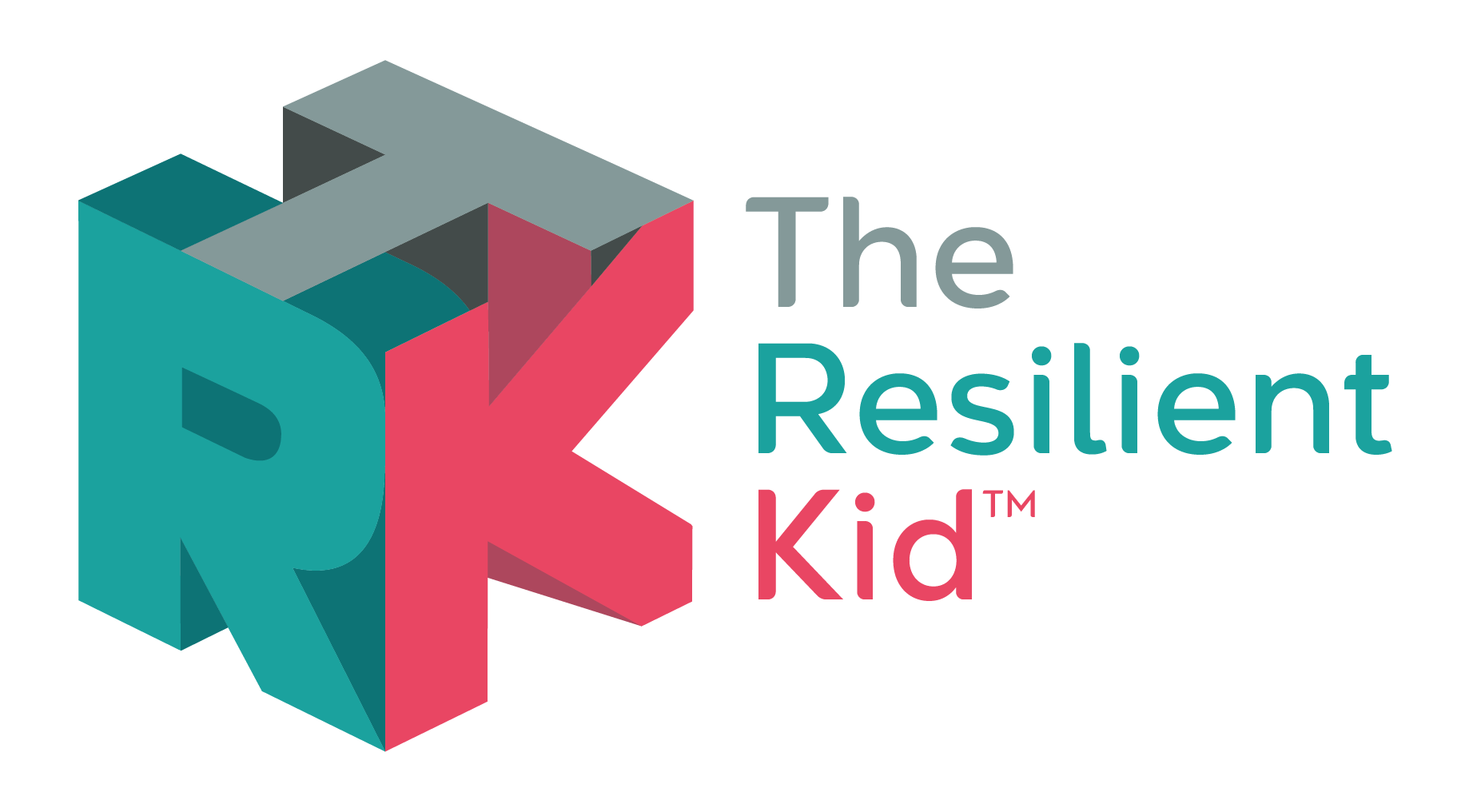
Understanding Separation Anxiety
15/02/2024
Today, I want to delve into a topic that has been recurring in my practice - separation anxiety. In this blog post, I will explore what separation anxiety is, why it occurs, and provide practical tips and strategies for parents to help their children navigate through it. So, whether you have an 8-year-old or a teenager, this guide is here to support you.
What is Separation Anxiety?
Separation anxiety is a common experience where children feel fearful or anxious when separated from their primary caregivers. It can manifest in various ways, such as difficulty being away from parents, worries about their well-being, and fear of unfamiliar environments or people. It is important to note that children below the age of two typically do not experience separation anxiety as they do not yet perceive themselves as separate individuals.
Understanding the Brain's Role in Separation Anxiety:
To comprehend separation anxiety, we need to understand the role of the brain. Our brains do not differentiate between real and imaginary threats. When a child feels separated from their primary caregiver, their brain perceives it as a threat to survival. This instinctual response triggers the fight, flight, or freeze mechanism, leading to behaviors like crying, tantrums, or clinginess. It is crucial to remember that these behaviors stem from the brain's attempt to ensure its survival, rather than an indication of a lack of love or attachment.
Causes of Separation Anxiety:
Separation anxiety can arise from two primary factors. Firstly, it is the result of a deep need for emotional closeness to a safe person, often the primary caregiver. This need for closeness is fundamental to a child's feeling of security. Secondly, separation anxiety can occur due to the void they perceive when not with the safe person. This void can be alleviated by introducing other trusted individuals who can provide a sense of safety and comfort.
Recognizing the Symptoms:
Recognizing the symptoms of separation anxiety is crucial for parents to address their child's needs effectively. Children experiencing separation anxiety may exhibit symptoms such as difficulty being away from parents, worries about their safety, trouble leaving the house or attending school, difficulty sleeping, frequent worries or anxiety, and physical symptoms like feeling physically sick or experiencing stomachaches.
Understanding the Physiological Impact of Separation Anxiety:
When a child experiences separation anxiety, their fight or flight response is triggered, leading to a surge of stress hormones such as adrenaline and cortisol. These hormones can manifest physically, leading to symptoms like stomachaches or feeling physically sick. It is important to acknowledge and address these physiological responses to help children manage their anxiety effectively.
Strategies to Help Children with Separation Anxiety:
1. Building Relationships:
Introduce your child to trusted individuals who can provide a sense of security in your absence. Encourage a strong bond between them and these individuals, emphasizing that they are safe and capable of taking care of your child.
2. Quick and Confident Goodbyes:
When dropping off your child at school or another location, keep goodbyes brief and confident. Lingering or disappearing abruptly can heighten your child's anxiety. Instead, reassure them of your return and highlight the enjoyable experiences they can look forward to during your absence.
3. Prep and Talk:
Prepare your child for separation events by discussing what to expect and engaging in open conversations about their feelings. Provide them with a clear understanding of the situation without playing down their worries. Encourage bravery and resilience, emphasizing that they can handle the experience.
4. Physical Strategies:
Encourage physical activities that help disperse stress hormones and calm the nervous system. Yoga poses like the boat pose or downward dog can be effective in achieving this. Additionally, rubbing the space between the thumb and first finger and tapping the sternum area can help children regulate their anxiety.
5. Gradual Exposure:
When helping your child overcome separation anxiety, start with short periods of separation and gradually increase the duration. This gradual exposure allows them to build confidence and trust in their ability to cope with the separation.
Separation anxiety can be a challenging experience for both children and parents, but with understanding and support, it can be managed effectively. By acknowledging the brain's role in separation anxiety, recognizing the symptoms, and implementing practical strategies, parents can help their children navigate through this period of anxiety and foster resilience. Remember, separation anxiety is an opportunity for growth, bravery, and the strengthening of bonds between your child and other safe individuals.
Comments
Must be Logged In to leave comments.

